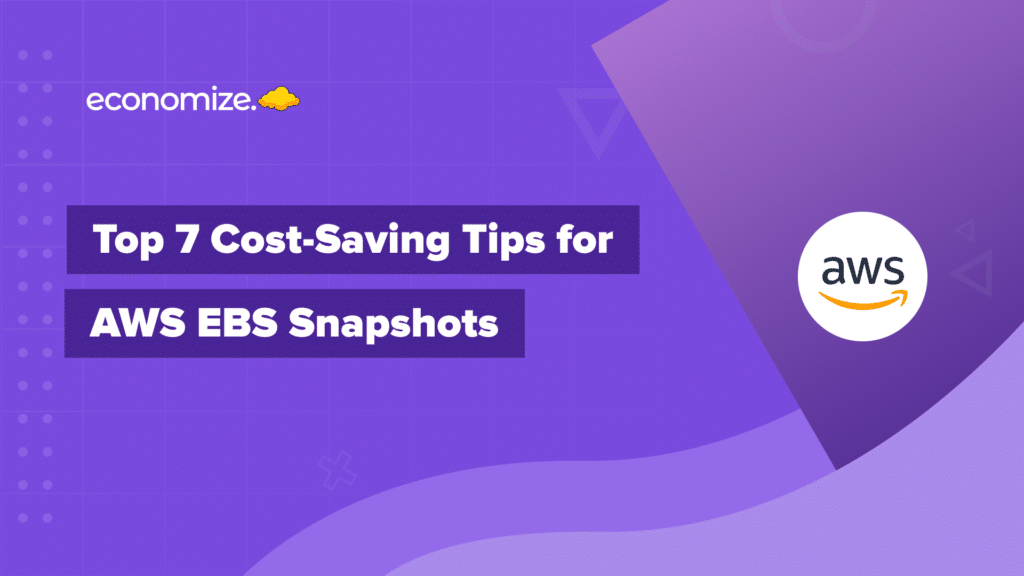Google Cloud Platform has recently launched Spot Virtual machines. GCP Spot VMs provide access to spare compute capacity at significantly reduced prices compared to regular on-demand instances. By bidding on excess capacity, organizations can achieve substantial cost savings for non-critical or flexible workloads, such as batch processing, data analysis, and test environments.
The Spot instances allow Google Cloud Platform to enhance its current Preemptible VMs by offering a cheaper alternative, with fewer restrictions and more flexibility. It enables organizations to scale their compute resources dynamically based on fluctuating and workload requirements. Spot VMs are the GCP equivalent of AWS and Azure Spot instances. In this article, we will discuss Spot VMs and how you can use them to reduce your compute engine costs.

What are GCP Spot VMs?
GCP Spot VMs provide an affordable way to run jobs on demand. With the help of Spot instances, users can capitalize on the excess compute capacity of the Google Cloud platform on a cost-efficient manner. However, these instances can be reallocated by the Google Cloud Platform at any time if they need to be used somewhere else.
Spot Instances currently offer the same machine types as on-demand VMs and are cheaper than on-demand instances. We can use Spot instances with flexible, fault-tolerant workloads that do not cause any significant impact when interrupted. They are ideal for batch processing, data analysis, and other short-lived compute operations.
Internally the Google Kubernetes Engine (GKE) will make Compute Engine Spot instances behave like a managed instance group. This means that GKE automatically manages the lifecycle of Spot instances within a cluster, ensuring high availability and workload reliability. GKE optimizes the utilization of Spot instances by intelligently distributing workloads across multiple instances and seamlessly handling preemptions or terminations.
What is the difference between a Spot VM and a Preemptible VM?
Currently, the Preemptible VM can be terminated on or before 24 hours of its creation. The Spot VM, on the other hand, has no such restriction. However, both the VMs are still on-demand and can be reallocated by the Google Cloud Platform at any time.
Spot VMs are equivalent to the Amazon Web Services (AWS) EC2 Spot instances that run on the excess compute capacity of AWS. GCP’s per-minute granularity makes it an enticing offer for potential users. It allows the Spot instances to be efficiently used for workloads that have low resource demands.
Spot VMs operate on a bidding system, allowing users to specify the maximum price they are willing to pay per hour for the computing resources. Instances may be preempted if the current price exceeds the bid or if there is increased demand.
While both types of VMs are suitable for fault-tolerant, non-continuous workloads, Spot instances offer more flexibility in pricing and instance availability, whereas Preemptible VMs provide predictable pricing and a longer maximum lifespan.
Spot Fleet vs Spot VM
Spot Fleet is an AWS feature that allows to provision and manage a fleet of Spot Instances across multiple instance types, Availability Zones, and instance pools to meet their application’s capacity requirement. Whereas Spot VMs are an equivalent of AWS Spot instances. They offer excess computing resources to be utilized for fluctuating workloads.
While GCP doesn’t have a direct equivalent to AWS Spot Fleet, users can manage fleets of Preemptible VMs using managed instance groups or other automation tools available in GCP to meet their workload requirements.
What is the pricing model for Spot VM?
GCP Spot pricing makes it a lucrative choice for users to run workloads at a radically reduced rate. Preemptible VMs come at a 79% predictable discount compared to on-demand VMs. Spot VMs, on the other hand, come at a saving of variable 60%-91% discount compared to on-demand VMs.

They also provide additional benefits, like automated workload scheduling, cluster autoscaler, and more. The price of Spot VMs fluctuates based on supply and demand dynamics within the cloud provider’s data centers, meaning that prices can vary over time. Instances may be preempted or terminated if the current price exceeds the bid price or if there is increased demand for resources.
Conclusion
Though flexible, Spot VMs have some limitations. If you are using the Google Cloud free tier, you won’t be able to use Spot VMs. They are also excluded from Compute Engine Service Level Agreement (SLA) and cannot be used for live migration.
As discussed above, the resources can be reallocated at any time and hence are finitely available. For keeping track of your purchase-based commitments, spot VMs, and other discounted services, we would recommend you check out our list of top cloud cost management tools.
Looking to save on cloud costs?
As cloud infrastructure becomes an integral part of businesses, it is essential to implement effective cloud management strategies to optimize your cloud spend. Implementing the right techniques and proper planning will protect your business from significant financial strains.
Book a free demo today, and Economiz will help you cut down on your cloud cost without compromising your cloud performance.








